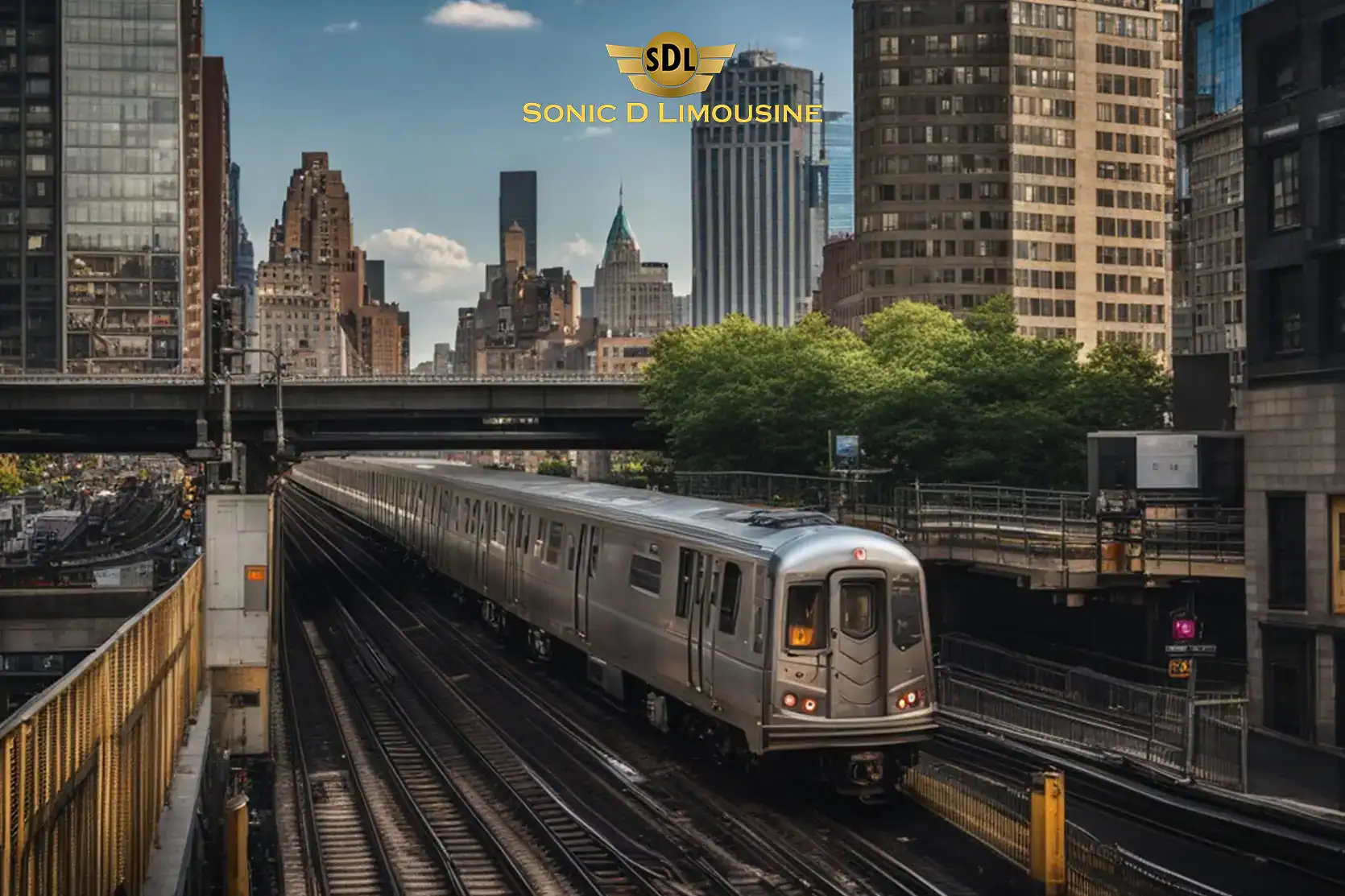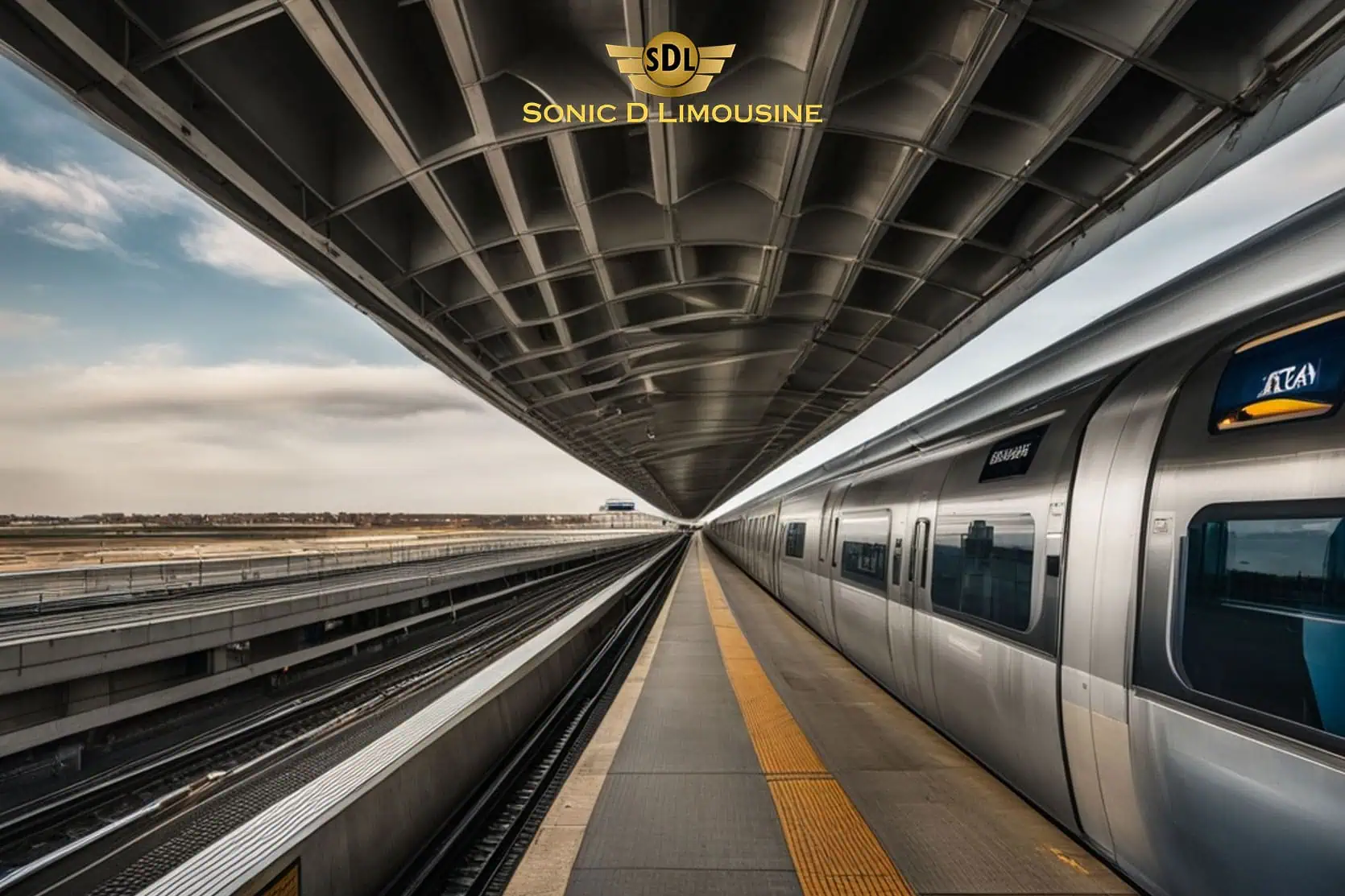The PATH train is an essential component of the public transit system connecting New York and New Jersey. Whether you’re a daily commuter or a visitor exploring the bustling cities of Newark and Jersey City, understanding the PATH train route can enhance your travel experience. This article provides valuable insights into the PATH train system, including tips on navigating the route map, understanding the service schedule, and utilizing the latest fare payment technologies. Read on to ensure your next trip across the Hudson River is smooth and efficient.
Article Outline
-
What is the PATH Train?
- Explanation of the PATH train as a rapid transit system.
- Importance of the PATH system in connecting New York and New Jersey.
-
Understanding the PATH Train Route Map
- How to read and interpret the PATH train route map.
- Key stations and connections on the PATH line.
-
How Does the PATH Train Service Operate?
- Overview of the PATH train service schedule and operating hours.
- Differences between weekday and weekend service.
-
Key PATH Stations: Must-Know Stops on Your Journey
- Highlights of major PATH stations such as Exchange Place and Journal Square.
- Tips for navigating busy stations like Christopher Street and Grove Street.
-
Real-Time Train Alerts: Staying Informed on the Go
- How to access real-time train alerts and updates.
- Benefits of using technology to enhance your PATH train experience.
-
Fare Payment Options: From SmartLink to Total Access Path Payment (TAPP)
- Overview of the fare payment system and options like SmartLink and TAPP.
- Future of contactless payments and the integration of new technologies.
-
Connecting with NJ Transit and Other Transit Systems
- How the PATH train integrates with NJ Transit and other public transit systems.
- Tips for seamless transfers and connections.
-
Accessibility and Facilities on the PATH Train
- Information on accessibility features such as elevators and turnstiles.
- Overview of facilities available at PATH stations.
-
Safety and Security: Ensuring a Safe Journey
- Measures in place to ensure passenger safety on the PATH train.
- Tips for staying safe while traveling.
-
Future Developments: The Path Forward Program and Beyond
- Insights into upcoming improvements and expansions under the Path Forward Program.
- How these developments will impact commuters and travelers.
What is the PATH Train?
The PATH train, short for Port Authority Trans-Hudson, is a rapid transit system that plays a crucial role in connecting the bustling cities of New York and New Jersey. Operated by the Port Authority Trans-Hudson Corporation, a subsidiary of the Port Authority, the PATH train serves as a lifeline for commuters traveling between these two states. As the fifth-busiest rapid transit system in the United States, the PATH train accommodates millions of passengers annually, providing a reliable and efficient mode of transportation across the Hudson River.
This rail system is integral to the daily lives of many residents and visitors, offering a convenient alternative to the congested roadways and toll-heavy bridges such as the Holland Tunnel. With its extensive network of 13 stations, the PATH train ensures seamless connectivity between key urban centers, making it an indispensable part of the public transit landscape.
Understanding the PATH Train Route Map
Navigating the PATH train route map can initially seem daunting, but with a little guidance, it becomes a straightforward task. The route map outlines the four main PATH lines: the Newark-World Trade Center line, the Journal Square-33rd Street line, the Hoboken-World Trade Center line, and the Hoboken-33rd Street line. Each line is color-coded for easy identification, allowing passengers to quickly determine their desired route.
Key stations such as Exchange Place, Journal Square, and Newport are highlighted on the map, serving as major transfer points and hubs for travelers. Understanding these connections is essential for planning your journey, especially if you need to switch lines or transfer to other transit systems. The route map also indicates important landmarks and neighborhoods, such as midtown Manhattan and Jersey City’s downtown area, helping passengers orient themselves in relation to their destinations.
How Does the PATH Train Service Operate?
The PATH train service operates 24 hours a day, seven days a week, providing consistent and reliable transportation for commuters and travelers. During weekdays, trains run more frequently during peak hours, ensuring that passengers can reach their destinations without long waits. On weekends and holidays, the service operates on a modified schedule, with slightly reduced frequencies to accommodate lower passenger volumes.
Operating hours are designed to cater to the diverse needs of the PATH train’s user base, from early morning commuters to late-night travelers. The timetable provides detailed information on train arrival and departure times, allowing passengers to plan their journeys with precision. It’s important to note that service adjustments may occur due to maintenance work or special events, so staying informed through real-time train alerts is advisable.
Key PATH Stations: Must-Know Stops on Your Journey
Several PATH stations stand out as key points of interest for both commuters and tourists. Exchange Place, located in Jersey City, is a major hub that connects passengers to the bustling financial district and offers stunning views of the Manhattan skyline. Journal Square, another vital station, serves as a gateway to NJ Transit’s extensive network, providing convenient access to destinations throughout New Jersey.
Christopher Street and Grove Street are popular stops for those exploring the vibrant neighborhoods of Manhattan and Jersey City. These stations are known for their proximity to cultural attractions, dining, and shopping areas, making them ideal starting points for a day of exploration. Navigating these busy stations can be challenging during peak hours, so it’s helpful to familiarize yourself with station layouts and exits in advance.
Real-Time Train Alerts: Staying Informed on the Go
In today’s fast-paced world, staying informed about train schedules and service updates is crucial for a seamless travel experience. The PATH train offers real-time train alerts that provide passengers with up-to-the-minute information on train arrivals, delays, and service changes. These alerts can be accessed through various platforms, including mobile apps and online services, ensuring that passengers have the information they need at their fingertips.
Utilizing real-time train alerts allows commuters to make informed decisions about their travel plans, whether it’s adjusting their departure time or choosing an alternative route. This technology enhances the overall PATH train experience, providing peace of mind and reducing the stress associated with unexpected disruptions.
Fare Payment Options: From SmartLink to Total Access Path Payment (TAPP)
The PATH train offers a variety of fare payment options to accommodate different passenger preferences and needs. The SmartLink card is a popular choice for frequent travelers, providing a convenient and cost-effective way to pay for rides. The Total Access Path Payment (TAPP) system is another option, offering a new contactless payment method that simplifies the fare payment process.
As technology continues to advance, the PATH train is embracing new payment solutions to enhance passenger convenience. The acceptance of OMNY, a contactless fare payment system used by the NYC subway, is on the horizon, promising to streamline the payment process further. These innovations are part of the PATH train’s commitment to improving the travel experience for all passengers.
Connecting with NJ Transit and Other Transit Systems
The PATH train’s integration with NJ Transit and other transit systems is a key factor in its popularity among commuters. NJ Transit’s extensive network of buses and trains provides seamless connections to destinations throughout New Jersey, making it easy for passengers to transfer between different modes of transportation.
For those traveling to or from the bus terminal or the rail service operated by NJ Transit, the PATH train offers convenient access points at major stations like Hoboken Terminal and Newark Penn Station. Understanding these connections and planning your transfers in advance can save time and ensure a smooth journey.
Accessibility and Facilities on the PATH Train
Accessibility is a top priority for the PATH train, ensuring that all passengers can travel comfortably and safely. Many PATH stations are fully accessible, equipped with elevators and ramps to accommodate passengers with mobility challenges. The system also features turnstiles designed for easy access, making it user-friendly for all travelers.
In addition to accessibility features, PATH stations offer a range of facilities to enhance the passenger experience. From clean restrooms to well-lit waiting areas, the PATH train prioritizes passenger comfort and convenience. Familiarizing yourself with these amenities can make your journey more enjoyable and stress-free.
Safety and Security: Ensuring a Safe Journey
Passenger safety is paramount on the PATH train, with a range of measures in place to protect travelers. Security personnel are present at stations and on trains, ensuring a safe environment for all passengers. Surveillance cameras and emergency communication systems further enhance security, providing peace of mind for those using the PATH train.
Travelers are encouraged to remain vigilant and report any suspicious activity to authorities. By staying aware of your surroundings and following safety guidelines, you can contribute to a secure and pleasant travel experience on the PATH train.
Future Developments: The Path Forward Program and Beyond
The PATH train is continuously evolving to meet the needs of its passengers, with future developments planned under the Path Forward Program. This initiative aims to enhance service reliability, increase capacity, and improve overall passenger experience. Upcoming projects include station upgrades, track improvements, and the introduction of new technologies.
These developments will have a significant impact on commuters, offering faster and more efficient travel options. By staying informed about these changes, passengers can take advantage of the improved services and enjoy a more seamless journey on the PATH train.
Summary
- The PATH train is a vital rapid transit system connecting New York and New Jersey.
- Understanding the PATH train route map and key stations is essential for efficient travel.
- The PATH train operates 24/7 with varying schedules on weekdays and weekends.
- Real-time train alerts provide crucial updates for informed travel decisions.
- Fare payment options include SmartLink and TAPP, with new contactless systems on the horizon.
- The PATH train integrates seamlessly with NJ Transit and other transit systems.
- Accessibility and security are top priorities, ensuring a safe and comfortable journey.
- Future developments under the Path Forward Program promise enhanced services and facilities.












































0 Comments